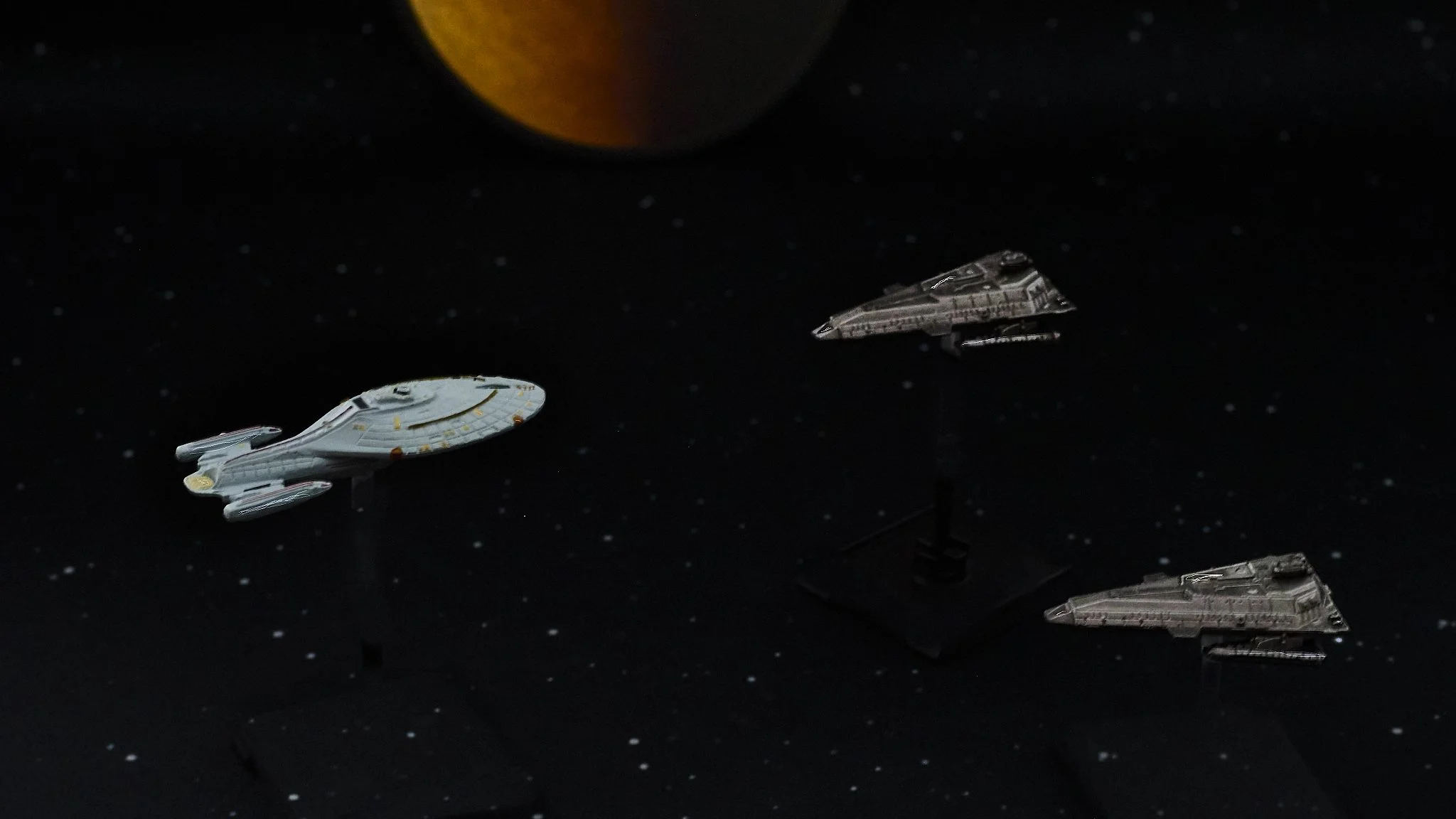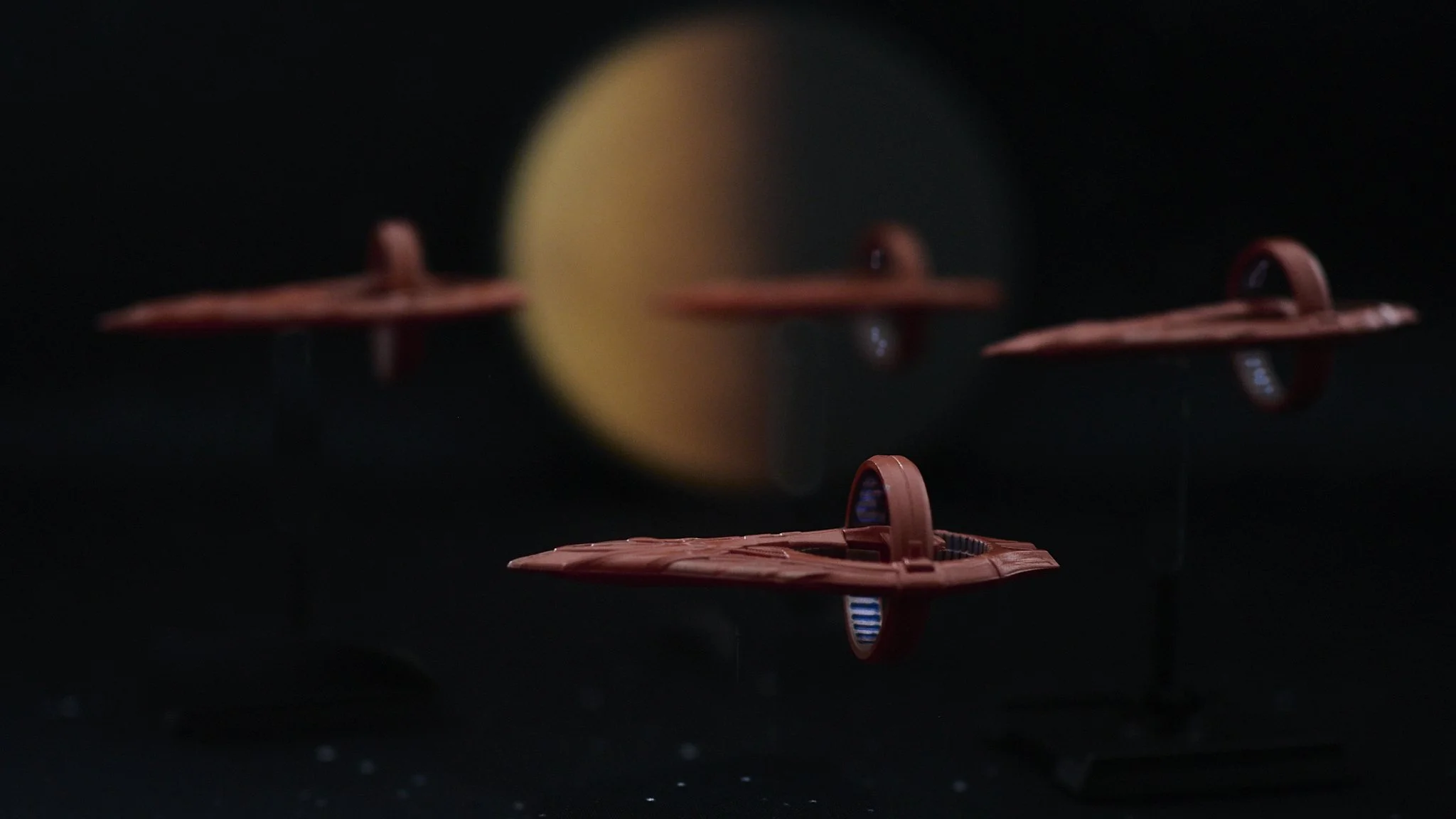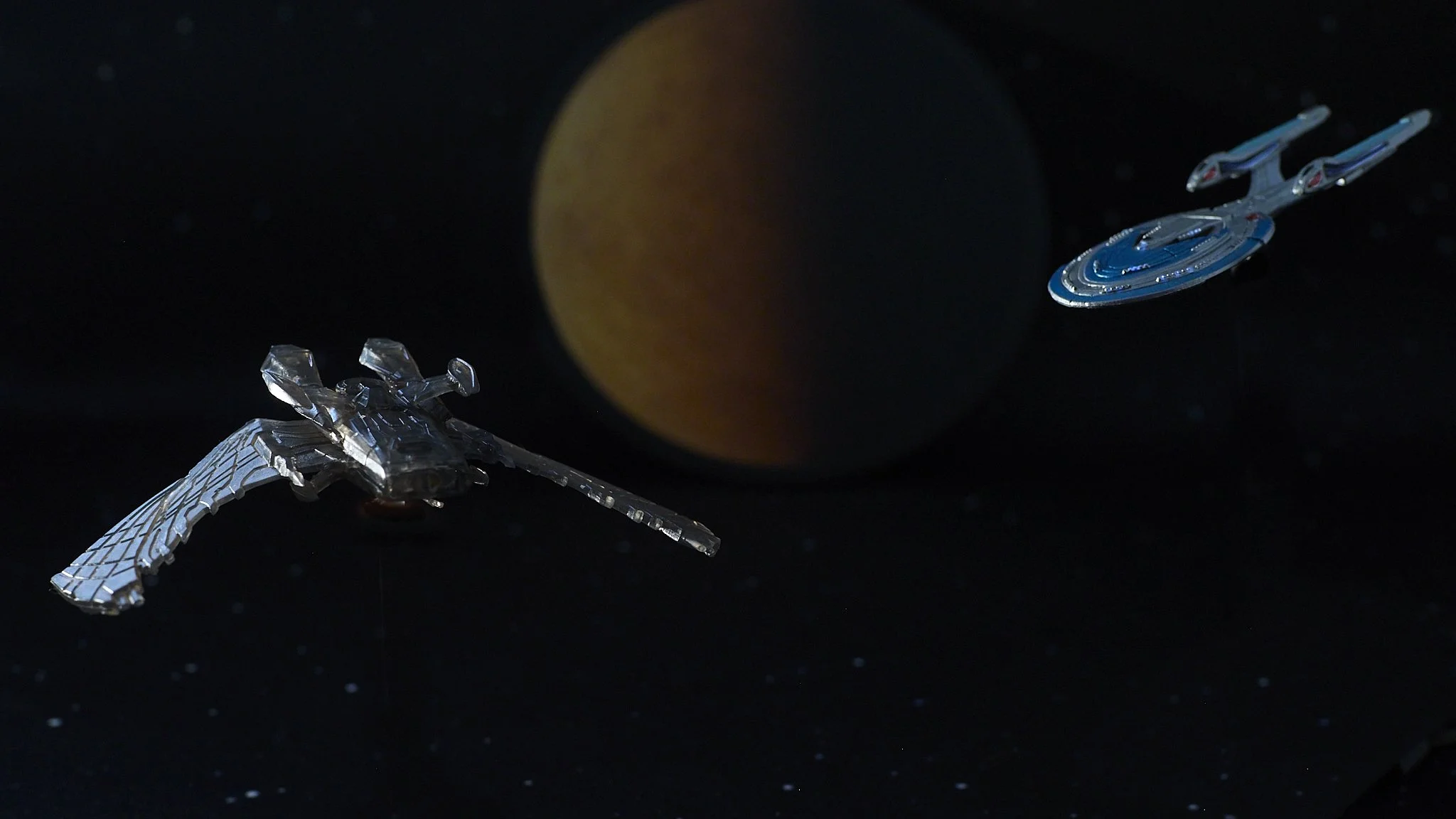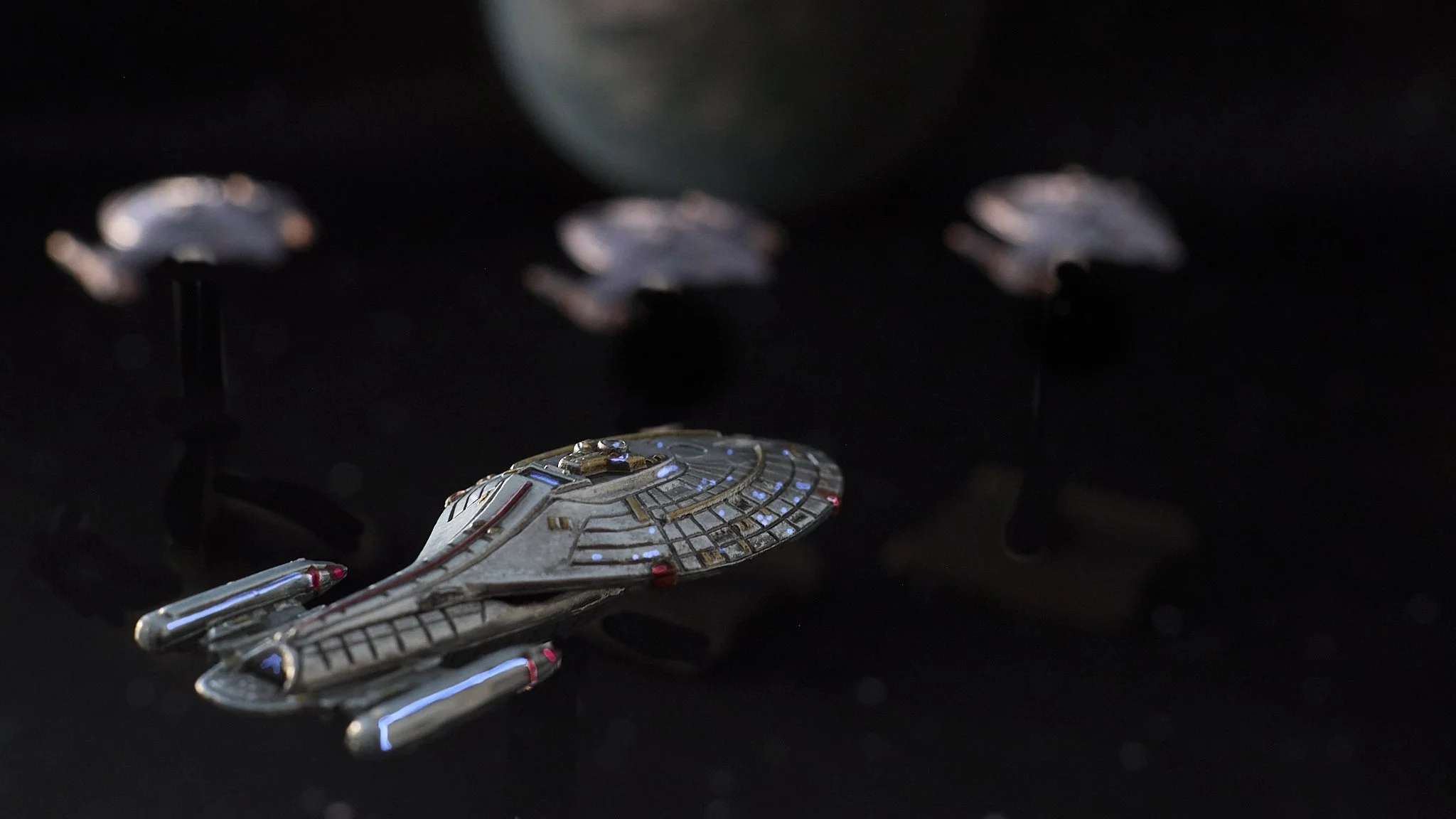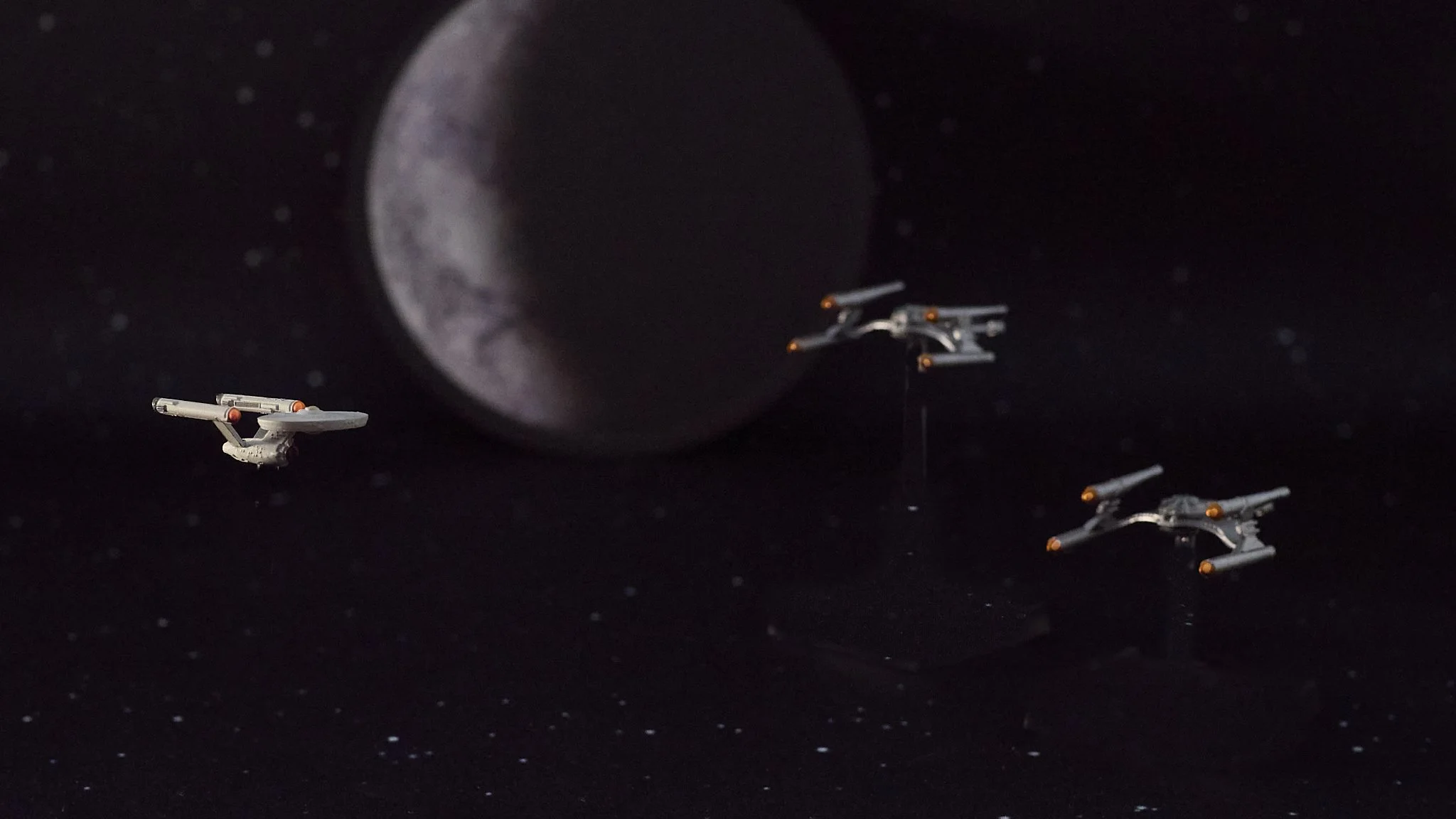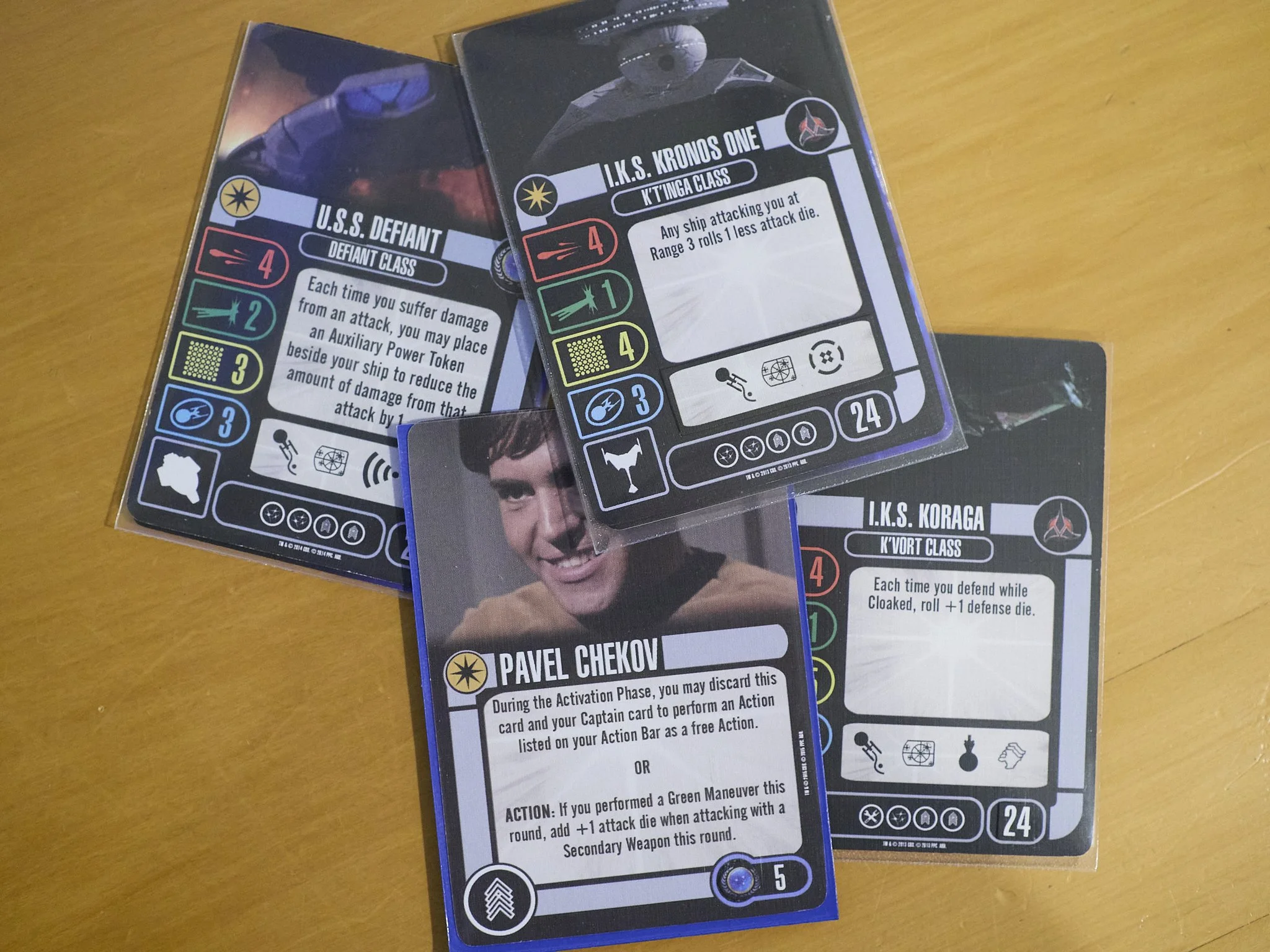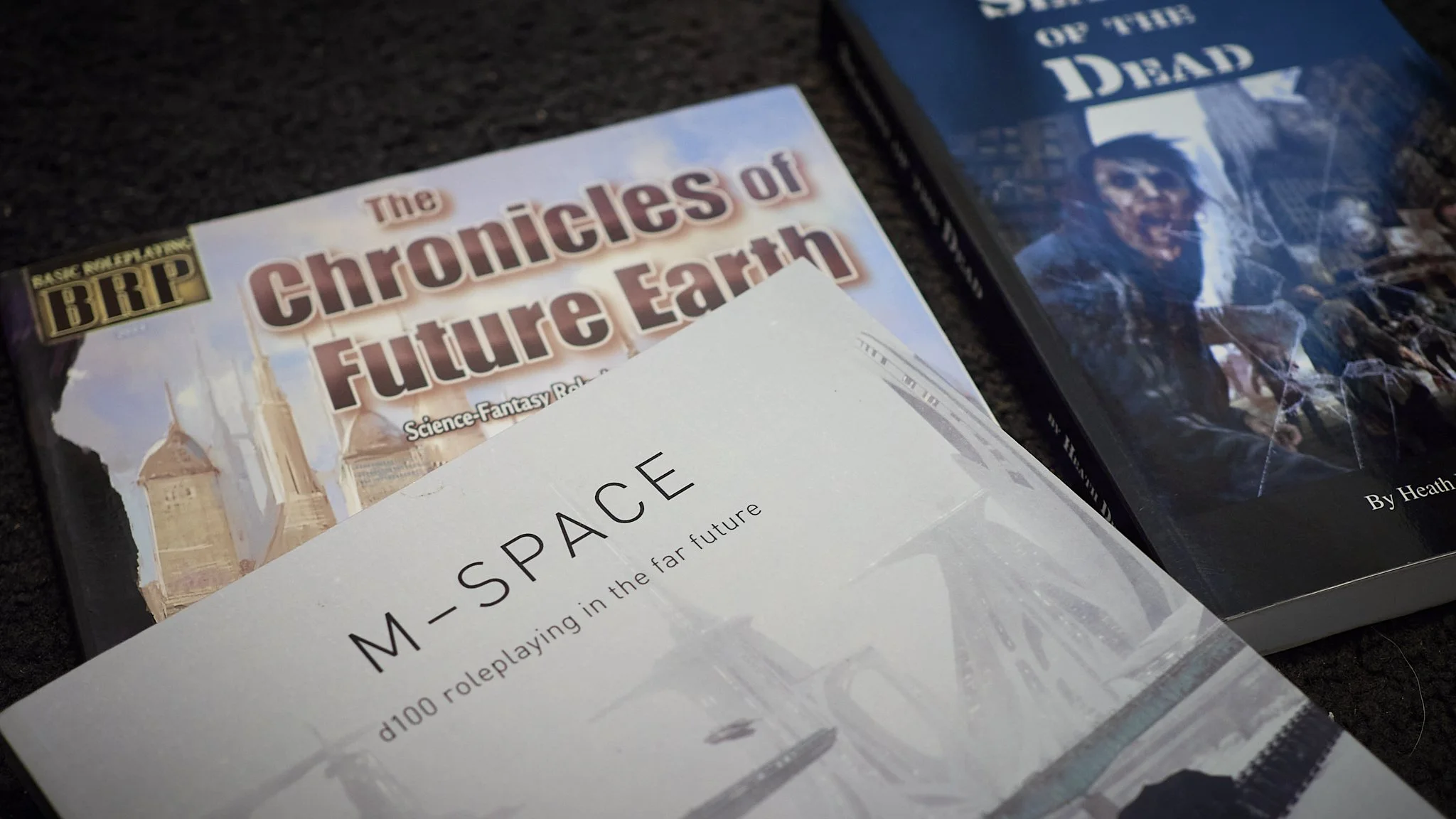Warhammer 1-2e had a homage game put out during its non D100 3e period, called Zweihander. Always intrigued, I have it finally, the available expansions, Flames of Freedom (AWI) and their odd little future Sci-Fi module Dark Astral, which stands out for it’s diminutive size in comparison the massive tomes of the other books.
Openquest is a simplified BRP family game, one that has a decent and loyal following. I was aware of it far a long time, as much for it’s famously mediocre art in the first edition as it’s refreshingly casual take on D100 games. Over three editions it has turned into a modern and polished D100 game with companion systems from companies like Cakebread and Walton*** or the new Jackals game under the Osprey banner.
Warhammer 4e was a bit of a brain fade.
Drawn to the promise of 1e done better, I jumped, then went through the pain of over two years collecting the Enemy Within campaign, while in denial of the flaws of the game. I keep wanting to fix it, but maybe wholesale replacement of the system is easier. This broke my rule of avoiding big glossy money sinks. The other examples of that flawed practice are gone because they are not d100, this one serves as a reminder. If I had kept it simple, say a copy of the core book (not 2), and a couple of adventure books……… .
Speaking of adaptions. I can and will make D100 games based around either the BGB, or more likely Mythras for The Mouse Guard and The One Ring and was going to do The Witcher, but I gifted that away. Any game that is high risk, has realistic consequences, low glitz/magic is a prime candidate for the D100 treatment.
Oddities have also recently appeared like the CoC 5e reprint of Beyond the Mountain of Madness and free pdf’s of the Warhammer 1e Enemy Within Campaign, so I grab them as I see them.
The Bare Bones Fantasy family**** have been explored, D100 Dungeon (a solo system) and some off-shoot games like Sigil and Sign, a Bare Bones inspired Supernatural modern game.
I wanted to blend Covert Ops and BB fantasy, but it seemed someone already was.
The pinnacle of the collection to date would have to be CoC 7e.
Seventh edition was resisted for a while, but as the first real evolution of the old favourite, the beautiful books and the new materiel like Pulp and the Wild West got me in the end. This is another big glossy book exception, but so far it has not put a step wrong and again, everything old is now new again.
The universal D100 root system has been stretched slightly, but is workable with materiel from even 1st edition. The changes are not even as much as DnD 1st to 2nd editions, and nothing like the wholesale changes that were the 3rd, 4th or 5th editions.
My most recent purchases however are a second copy of the 5e CoC rule book, because I have a lot of 4-5e stuff and only one well worn, coffee stained book to support them and a copy of the 6e CoC rule book, for completeness and to better support Achtung Cthulhu, The Laundry etc.
Also I finally chased down the original Delta Green supplement for 5e, because even though it is basically The Conspiracy with added scenarios, I am curious. It is massive, thematic and a good fit for my favourite retro game.
*
Why D100 games?
The logical draw is their consistency, from edition to edition and even game to game. This also means they are easy to understand and teach using common sense ideas, familiar characteristics and simple percentage based skill values. Everyone gets percentages.
It is safe to say, learn one and you are half way to learning all the others.
It is also flexible.
Flexibility means the ability to use a home brewed, unified task resolution system, adding and subtracting various rules, lifting whole systems for other games (My Pirate game for example is a blend of Blood Tides, Pirates of Legend, Sword Point and Pirates and Dragons with the above unified test resolution system).
I am lazy here.
No longer keen to explore a myriad of different systems, I am much happier to focus my limited game time on one universal system type with many faces.
Savage Worlds was once kept as a pulpy salve to my d100 games, eerily mimicking many of the same periods, even Achtung Cthulhu which was written to support both. It provided a point of difference, but it to evolved and changed, leaving older support materiel behind.
I noticed at this time, a tendency to entertain the idea of both options, but almost always went with the known and trusted D100 option, which also proved to be more thematically flexible.
The emotional draw is nostalgia.
No other gaming system other than early Traveller or Champions calls to me as strongly from the past and both of those suffered from major edition changes and a much thinner, more focussed offering overall.
I kept 4e Hero system/Champions and I have all the base Mongoose Traveller editions, but the rest of my stuff has gone and even these systems seem in decline or very narrowly focussed. D100 as a whole is a slow-rolling ball of relentless, consistent momentum.
Someone is always doing something somewhere.
Modern games like M-Space, Trey, the Comae Engine or Delta Green allow for healthy system evolution, CoC 5e and the BGB lets me play “retro” and D100 Dungeon, Trey, the Alone Against series and even Zweihander empower solo play.
I can literally think of a time period, a play style and pick a game from my range or adapt or buy something if needed. It is even pretty easy and fun to just make something up and run with it.
Pulpy, hard, realistic, sinister, dread infused, tense, lite, fanciful, writes itself, macabre, epic scale, small detail, soft turns hard? All possible from the earliest historical period (Legend Stone Age) to the furthest future (Future Earth, Dark Astral).
Player numbers can be from 0 (solo) to a healthy half dozen, with pick-up games accommodated and masses of NPC’s handled easily enough. The percentage system and characteristic similarities to most main stream RPG’s means a low entry point.
Most offer a free intro version, some are more than an intro and one even offers the core rules for $1 (PDF). My personal favourites are the little core book for Legend and the Runequest 6e intro book, both enough for years of gaming (and cross-compatible).
This brings forward the thought also, that a good RPG should open a gateway to massive in-game growth, your imagination run riot, never a closed door or limited purview rail road. Older RPG’s assumed a lot of GM and player pay-in. They needed you to create a world, a universe even with sparse tools, which often created entire lines of future game resources.
My favourite games came from the smallest foundations.
We rely very much on printed support materiel these days (and I admit to being one of those), but past gamers (I was one of these also) used to use the rules as they were as a spring board, not a crutch. The little black box of 3 slim Traveller books allowed our very first group to travel to any places we could imaging, some awesome, some not so much, but as time went on, even this pioneering group became slaves to printed world books, resource archives and scenario outlines.
There are of course other systems.
Traveller boxed set, Hero System 4e and CoC 5e re still the custodians of my favourite role playing memories, but only one of the three has the chops to go from the beginning of my journey through to now, basically unchanged and with something for every mood.
Role playing is pretty simple, made even easier if the system just gets out of the way.
I am not a fan of overly clever systems for their own sake, nor ones that fight the players all the way. For all its flaws, the D100 system is a long lasting example of sound ideas made real and above all, it plays easily. When you need, just ignore it and it dos not break.
There is a divergence in RPG thinking at the moment, something that does not need to be there, but it seems as we evolve, there is an expectation that a RPG should hold our hand, answer all our questions. These older games often cannot do that and they were not designed to. When RPG’s first emerged, they were simply a way of capping rampant imagination, to put a framework around it.
The beauty of the whole idea is based on freedom. Many current games are bordering on board game levels of control, which is the very top of that format, but make for the most restricted and restricting of RPG’s.
Arguments over small rule issues, even “missing” rules, should be fixed as easily as a group of people coming up with a decent and game logical solution, not 500 posts on various forums bemoaning the shortcomings of the game. There are no winners and losers in RPG’s just players having fun or not. If not, look at your play dynamic, not the game.
There are no problems with any RPG that cannot be fixed in house.
This is not a computer game, the code is not hidden!
The only time I struggle (looking at you WHFRP 4e) is when a system becomes so convoluted and self-involved, that it makes this inherent freedom conditional.
No other game, let alone system of games has been around effectively unchanged since the earliest days of the hobby. Much of this comes down to sound and simple concepts and (usually) knowing when to relinquish control to the players, not the system.
The oldest and most popular of all has changed it’s basic mechanics and much more abstract concepts five times.
Dated?
Timeless more like.
*Gone now unfortunately.
**Most as it goes, but about a third were shed stupidly.
***Pirates and Dragons, Clockwork and Chivalry, Clockwork and Cthulhu, Dark Streets.
****Frontier Space, Art of Wuxia, Covert ops.
